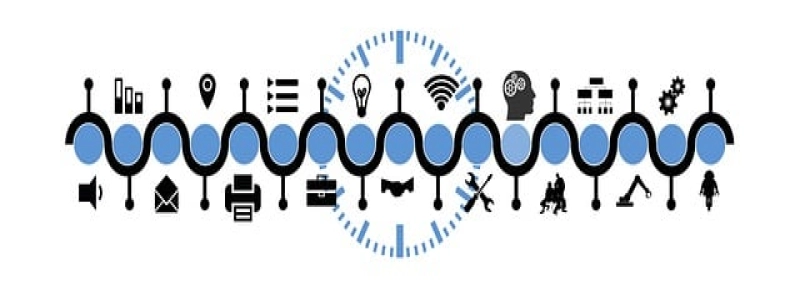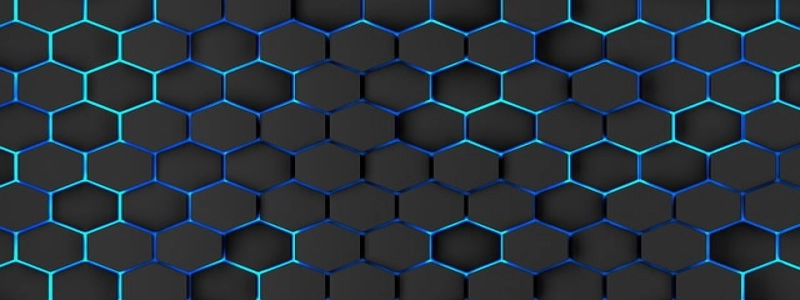Attenuation in Data Communication
Introduction
In data communication, attenuation refers to the gradual weakening of a signal as it travels over a medium, such as a copper wire or optical fiber. This phenomenon poses a significant challenge to the reliable transmission of data over long distances. Understanding the causes and effects of attenuation is crucial for designing effective communication systems that can overcome this issue. This article will explore the various factors that contribute to attenuation and discuss possible solutions to mitigate its impact.
Factors contributing to attenuation
1. Distance: The longer the transmission distance, the greater the attenuation. As the signal travels, it gradually loses power, resulting in a reduction in signal strength. This is particularly evident in wired communication systems, where electrical resistance causes the signal to weaken as it moves through the conductive material.
2. Cable quality: The quality of the transmission medium plays a vital role in attenuating the signal. Poorly manufactured cables or those with defects can introduce additional resistance and cause significant loss of signal strength. Properly shielded and high-quality cables can help minimize attenuation to a certain extent.
3. Frequency: Attenuation is frequency-dependent, meaning that different frequencies of the signal experience varying degrees of loss. Higher frequency signals tend to suffer more attenuation compared to lower frequency ones. This characteristic is particularly relevant in wireless communication systems, where the surrounding environment and interference can influence the signal quality.
Effects of attenuation
1. Signal degradation: As the signal weakens due to attenuation, it may become distorted or corrupted, leading to data errors. This can have severe consequences in data communication applications, such as file transfers, streaming vidéo, or voice calls, where accurate and reliable data transmission is crucial.
2. Reduced range: Attenuation imposes limitations on the distance that a signal can travel without losing its integrity. Communication systems must consider the maximum allowable attenuation to ensure successful transmission within the desired range.
Solutions to mitigate attenuation
1. Signal amplification: Employing signal amplifiers at specific intervals along the transmission path can help counteract the effects of attenuation. These devices boost the power of the signal, compensating for any loss incurred during transmission. Cependant, amplification must be carefully implemented to avoid introducing noise or distortion to the signal.
2. Equalization techniques: Equalization is a signal processing technique used to compensate for the frequency-dependent attenuation of a signal. By applying equalization algorithms to the received signal, communication systems can restore the original signal strength and minimize the effects of attenuation.
3. Alternative transmission mediums: Dans certains cas, using alternative transmission mediums can help reduce attenuation. For example, optical fiber communication offers lower attenuation compared to traditional copper wire, making it suitable for transmitting data over longer distances with minimal signal loss.
Conclusion
Attenuation is a critical factor that influences the reliability and performance of data communication systems. By understanding the causes and effects of attenuation and implementing appropriate solutions, engineers can design communication networks that can effectively mitigate its impact. From signal amplification to equalization techniques and alternative transmission mediums, various strategies exist to overcome the challenges posed by attenuation, ultimately improving the integrity and range of data transmission.







